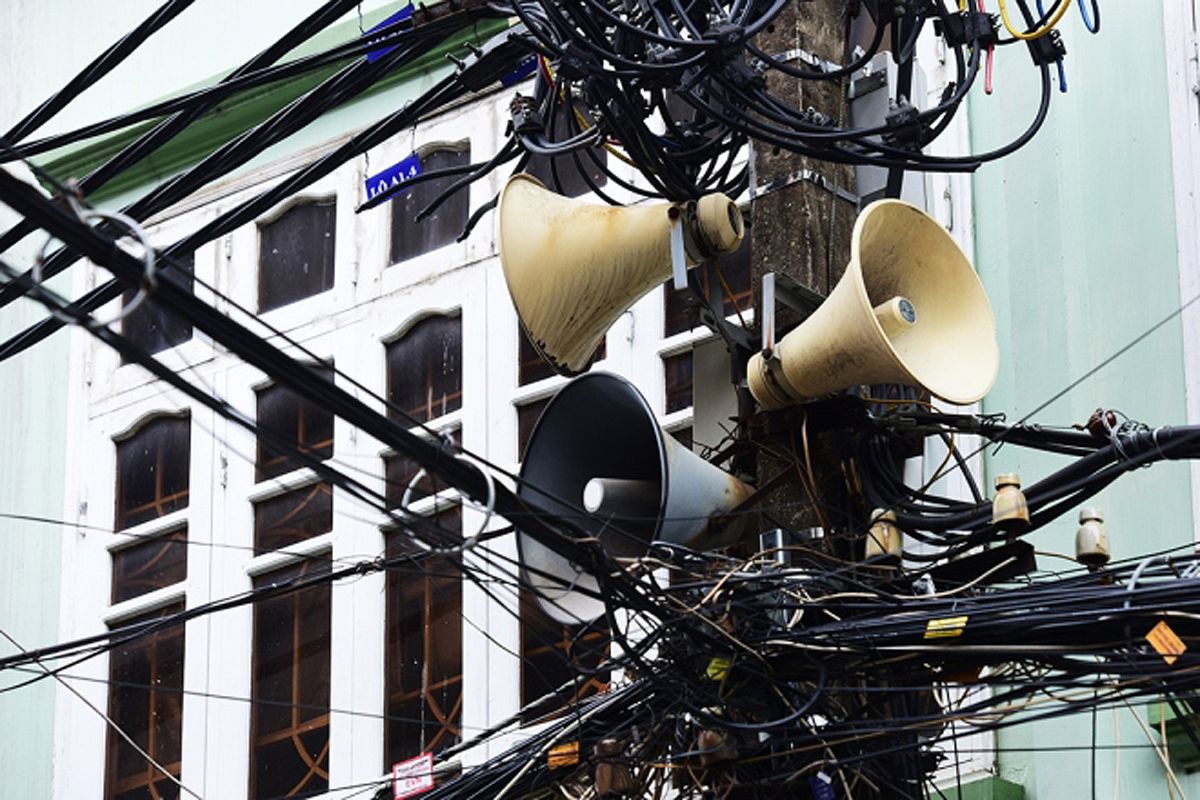A new report by non-profit organization Oxfam has drawn attention to gender bias in the Vietnamese media.
The report, “Gender Stereotypes Against Female Leaders in the Media”, was released last month and explores both the presence of female leaders as sources in local news stories and how those individuals are represented in the mainstream Vietnamese media.
While Oxfam recognized some of Vietnam’s more progressive actions in the realm of gender equality, such as high female literacy rates and equal participation in the workforce, the report also pointed to mainstream media’s role in informing public perceptions of gender equality.
From late 2015 to early 2016, researchers conducted news analysis as well as surveys and interviews with local journalists regarding the ways in which female leaders are represented in local reporting. In a study of 2,168 print, radio and television news stories taken from outlets such as VnExpress, Dan Tri, Thanh Nien, Tuoi Tre and VietnamNet, researchers determined that just 14.3% of lead sources interviewed were women, while 85.7% were men.
Of that 14.3%, female leaders were most often consulted on issues viewed as traditionally feminine, such as childcare, family and women’s rights. In more masculine-identified subjects, however, women were seldom consulted as experts. When reporting on stories related to science and technology, military and security, foreign policy, economics, real estate and politics, for instance, over 90% of lead sources were male.
According to the report, this lack of visibility among female leaders may contribute to notions that Vietnamese women are unfit for high-level leadership positions.
“Female leaders’ invisibility in news content is not only an indication that their voices and perspectives are not adequately presented but it may also send messages to audiences as consumers of the news that female leaders do not usually have the authority or do not qualify to be in positions with authority to be in the media spotlight,” the report reads.
For the small percentage of female leaders who are represented in local news stories, however, a new set of challenges emerges. Oxfam researchers found that the portrayal of female lead sources often plays into gender stereotypes, particularly the expectation that Vietnamese women are responsible for maintaining a household in addition to achieving professional success. Oxfam’s news analysis found, for instance, that 27 of the 30 lead sources whose household chores were discussed in their respective news stories were women. Mentions of an interviewee's appearance were relatively low in both genders – 1.06% of male lead sources and 5.7% of female lead sources – however news stories still disproportionately described female leaders' physical appearance over their male counterparts.
While this analysis shows a discrepancy between representation of male and female lead sources, Oxfam also found that many journalists in Vietnam recognize this double standard. Of the 430 journalists surveyed in Oxfam’s research, most of whom were from print and online media sources, over 72% agreed that gender equality is an issue which requires continued improvement in Vietnam.
However, when it came to the everyday manifestations of gender inequality in Vietnam, many of the survey respondents did not see a connection between gender-biased reporting in the media and public perceptions of gender equality. Though the majority of Vietnamese journalists surveyed acknowledged gender inequality within society, 67.4% of participants also felt that a woman’s primary focus should be on taking care of her family. Only 27% of survey respondents believed career success was a priority for women.
As a result of the report’s findings, Oxfam researchers presented a series of recommendations to improve gender bias in local media coverage and help promote gender equality in reporting. These included gender equality training in formal journalism education, the incorporation of “regulations and guidelines on gender stereotypes into professional guidebooks or codes of conduct of news organizations”, and encouragement of women’s rights organizations to engage the media more frequently on instances of gender inequality in their reporting.
[Photo via Zing]














